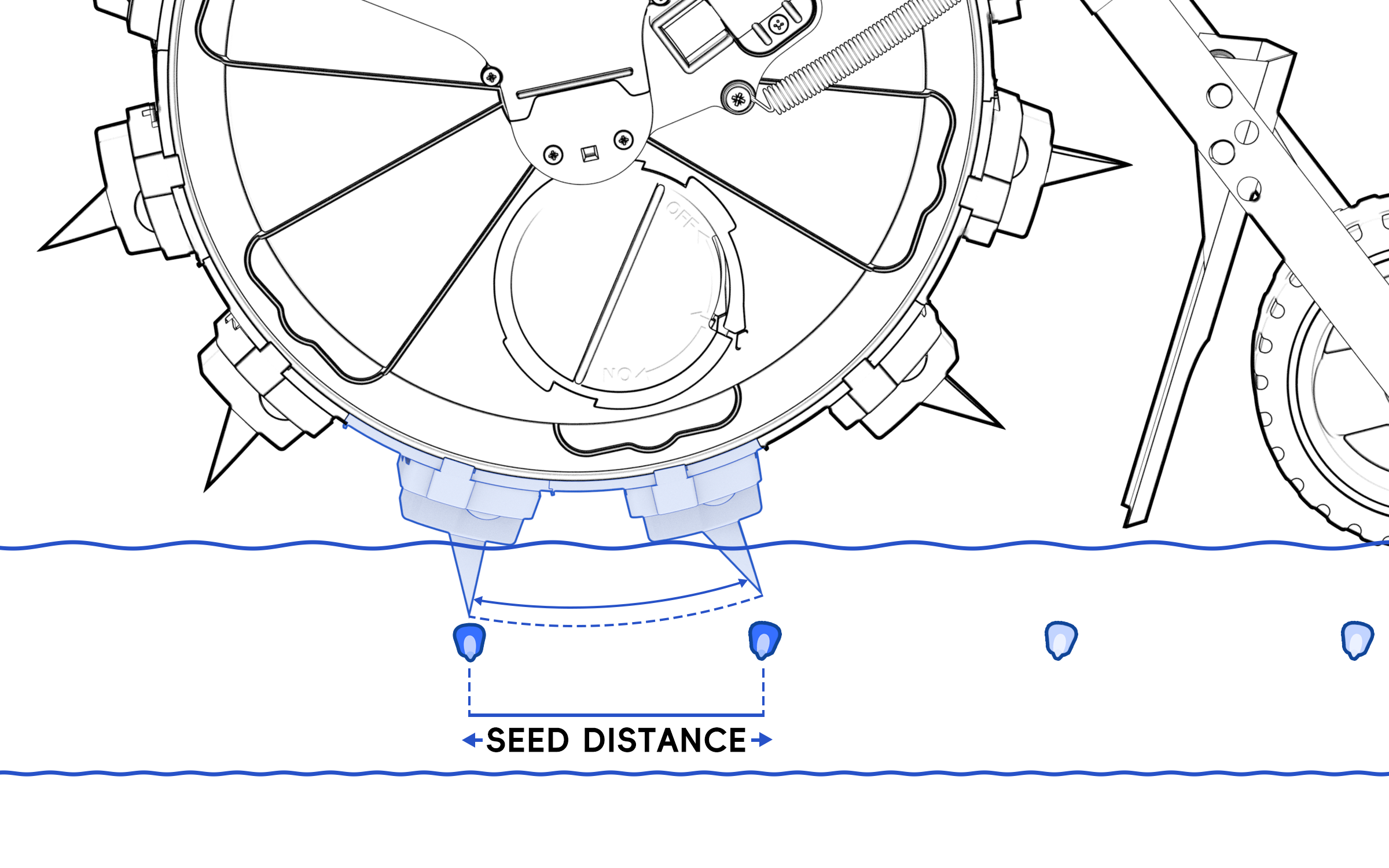What is Maize?
Maize, also known as Corn in North America, actually refers to the same plant species, Zea mays. It is one of the three major staple crops in the world along with rice and wheat. At the same time, corn is the most widely planted cereal crop in the world, planted in 165 countries. Most of the maize-growing areas are in the Americas and Asia, each covering more than one-third of the total global area. Over the past few decades, maize production has increased significantly.In 2023/2024, the global annual production of corn is 1.2 billion metric tons. (statista) The United States and China are the leading producers, contributing more than half of the global maize production.
The Origin and Domestication of Maize
Why is Maize Essential for Humanity?
Nowadays, we may easily find maize in our daily life as a tasty and nutritious crop. But its function goes well beyond providing food alone. Given its many forms, maize is a major component of modern life. such food in cans, feed for cattle, clothes, and fuel. Corn provides humans with both food and economic value, which is its gift to humanity.
Why Maize is Crucial for Human Civilization
C4 Plant
Corn is a typical C4 plant, which means that it has a higher photosynthesis efficiency than traditional C3 plants (such as rice and wheat). Under the same environment, the characteristics of C4 plants enable maize to better utilize sunlight, water and nutrients to help itself grow. This leads to higher yields per acre and better adaptability to challenging in drought and high altitudes environments.
Short Growth Cycle
From planting to harvest, maize grows quickly and efficiently, often in 90 to 150 days. Unlike most grains, maize yields more and can tolerate a wider range of conditions. This implies that, in optimal growing conditions, maize can yield larger economic returns.
We have summarized some experiences about corn cultivation, and hope these tips can help you cultivate corn fields that are exclusive to you.
The Structure of Maize Seeds
Maize seeds are made up of four main parts, each playing an important role:
Pericarp: This layer, derived from the wild parent teosinte, protects the maize seed and is high in plant fiber. During processing and storage, it can maintain the integrity of maize seeds.
Endosperm: The endosperm accounts more than 82% of the weight of maize kernels. It consists of 8% protein and 70% starch. Corn is a significant source of carbohydrates for humans due to its high starch content. Endosperm is also the primary source of industrial manufacturing products such as alcohol fuel and human food items such as corn syrup, flour, and other components.
Germ: The germ is the part of the seed responsible for germination of the corn kernel. The main components of this layer are fat (25%), vitamins, minerals and high-quality oils. People usually use germ extracts to produce corn oil and food additives (such as sweeteners, vitamin additives)
Tip Cap: This is the part that connects the maize kernel to the cob. During development, it allows nutrients and water to flow in and out.
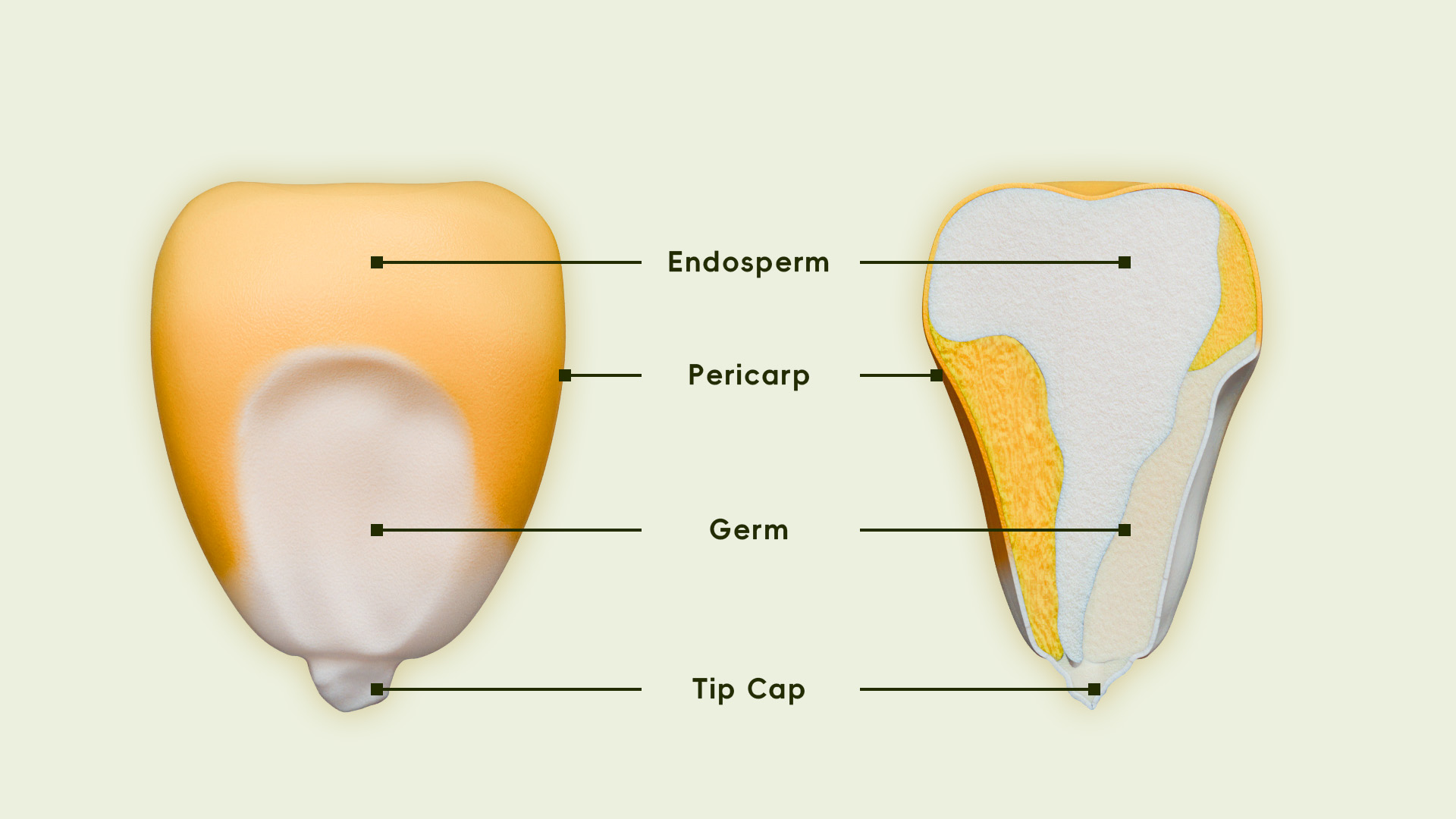
Maize in Various Forms (Canned, Beverages, Feed, Food Additives, Ethanol, etc.)
Maize is adaptable and high in starch, making it a vital grain. Aside from eating, maize is commonly used in animal feed, bioethanol fuel, and a variety of industrial goods such as food additives, starch, syrup, and bioplastics. Maize is used to make almost 3,500 different products, demonstrating how much modern society relies on it.
The quantity of maize used for animal feed varies according on the source and the year studied. According to recent estimates, around 38.7% of corn in the United States will be utilized as livestock feed in 2020 (World Economic Forum)
As people's demand for fuel ethanol grows, more corn is used to purify ethanol industrial products, and this share has gradually climbed to 5.45 billion bushels of corn. (USDA ERS)
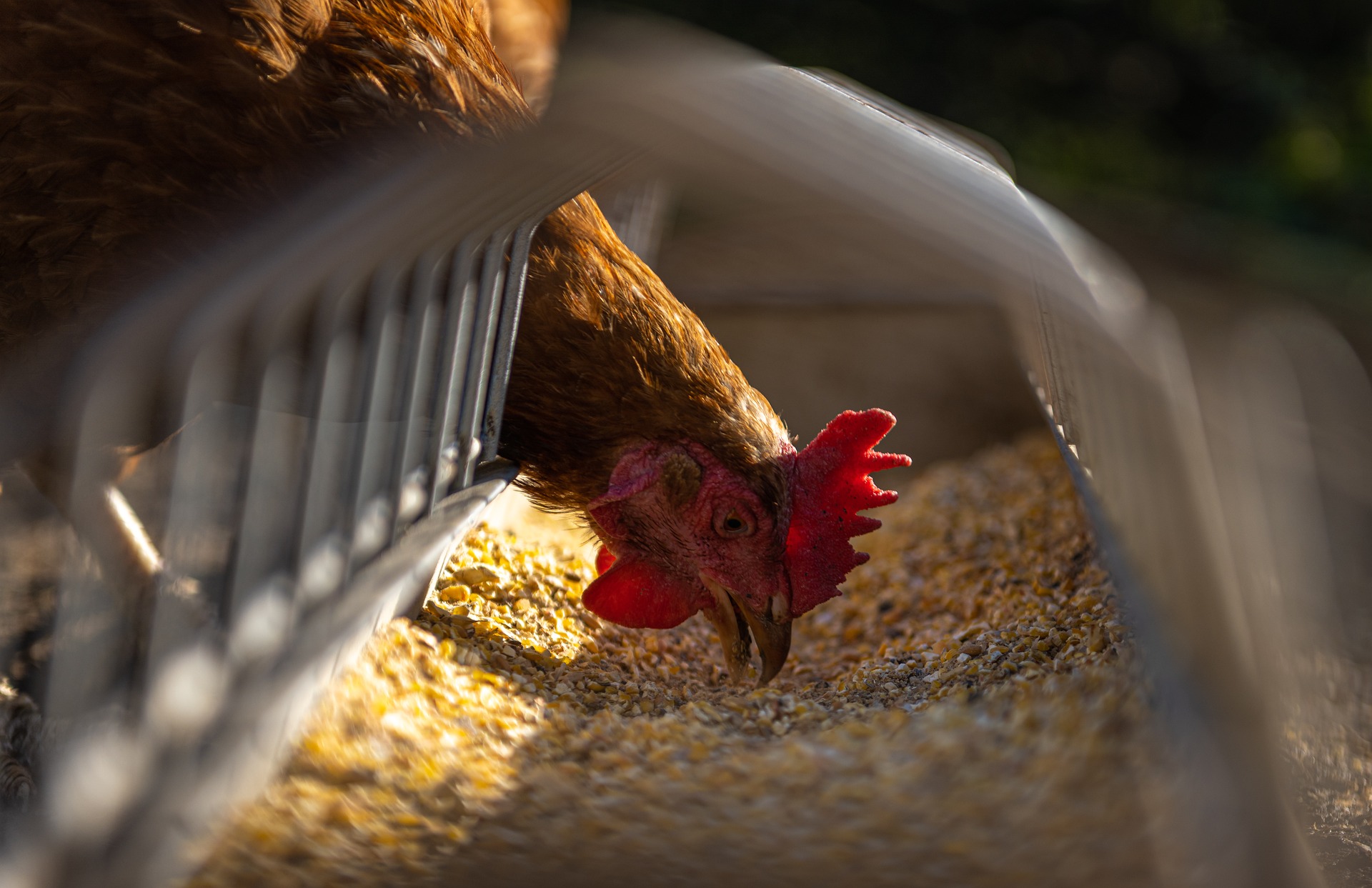
(Image by Andreas Göllner from Pixabay)
Maize & Culture
Throughout many communities, particularly in the Americas, maize has significant cultural significance. Cultivated for millennia, it served as the cornerstone for prehistoric societies like the Maya and Aztec. In many societies even now, maize is a symbol of life and nourishment.
Recognizing the significance of maize in both history and daily life, numerous cultures honor it with festivals and ceremonies. For instance, the "Harvest Festival" in Latin America is a customary commemoration of maize harvests. When considered collectively, these elements demonstrate that maize is more than simply a crop; it is the foundation of human civilization and plays a vital role in our diet, economy, and culture.
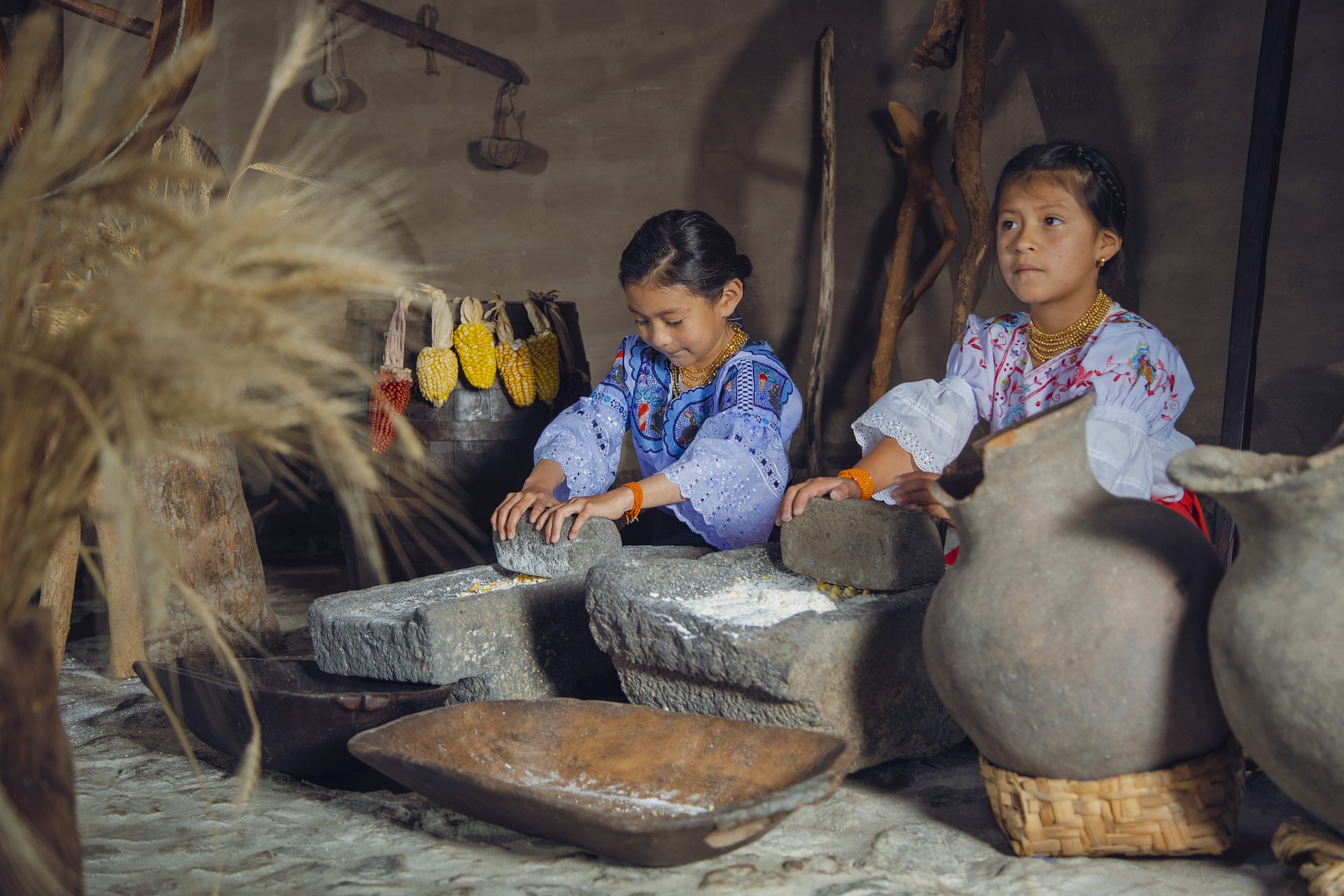
(Image by Marcelo Trujillo from Pixabay)
Major Types of Maize (Corn)
Different types of Maize (Corn), such as dent, flint, flour, sweet, and popcorn, are categorized based on their kernel type. These varieties, with the exception of pod corn, are determined by the endosperm structure of the kernel and do not represent natural relationships.
Flint Corn
Flint Corn also known as Indian corn or ornamental corn, flint corn is often used for decoration but can also be processed into cornmeal, corn flour, and grits. The heart of flint corn is softer, and the outer layer is thick and hard. The ears are long and have fewer rows of kernels; the kernels are typically spherical and smooth. It does well in temperate settings since it grows early and germination is high.
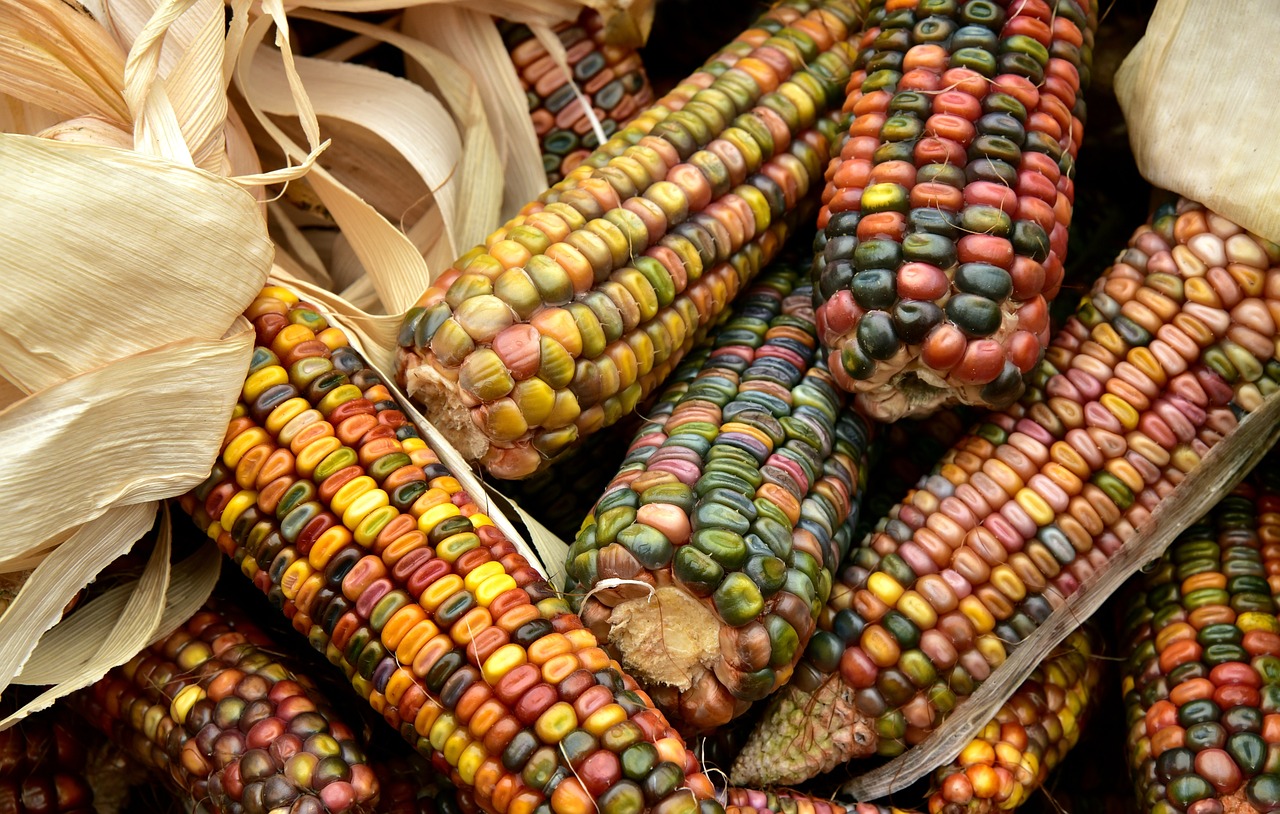
(Image via pixabay)
Dent Corn
Dent corn is the most common type of maize, mainly used for animal feed, cornflakes, corn syrup, and industrial products like cornstarch. It is also used to make alcohol, such as whiskey. Dent corn has a soft, floury core that forms a dent as it dries, and hard, corneous endosperm on the back and sides. It is used in anything from industrial goods to animal feed. Because of its whiter starch, white dent corn is valued in the dry milling sector for specific food products.

(Image via pixabay)
Sweet Corn
A gene in sweet corn causes the sugar content to increase by delaying the conversion of sugar to starch. When dry, the kernels have a glassy, wrinkly texture that balances the sweetness. Sweet corn is widely eaten as fresh food due to its high sugar content. It is harvested before fully maturing, making it ideal for creamed corn and canned sweet corn.

(Image via pixabay)
Waxy Corn
The epithet "waxy corn" refers to the endosperm of the plant, which is completely composed of amylopectin and appears waxy. This grain has industrial applications in the manufacturing of adhesives and paper, as well as in the food industry as stabilizers and thickeners. Waxy corn is named for its sticky starch (amylopectin) and is mainly used in the food industry to make thickened sauces and soups. Waxy corn is also used in some traditional Asian dishes, such as sticky corn soup.
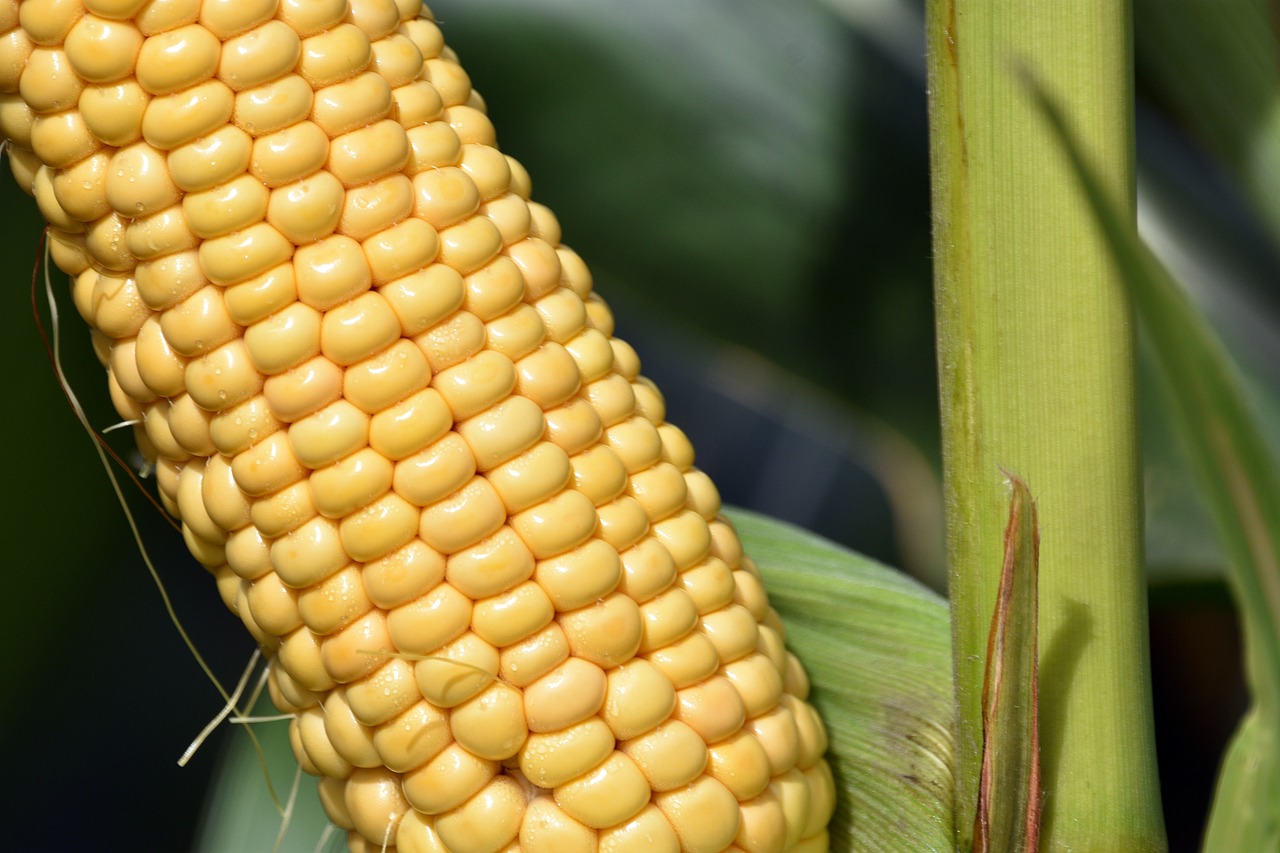
(Image via pixabay)
(Image via pixabay)
Basic conditions for planting Maize (Corn)
Climate
Temperature: The ideal temperature range for Maize growth is between 17°C to 33°C (63°F to 91°F). The suitable temperature depends on the growth stage of the maize seeds, e.g. in maize germination, the optimal temperature varies from 25 to 33 °C during daylight, whereas during the night, optimal temperature varies from 17 to 23 °C; the mean optimal temperature for the whole growing season is 20–22 °C. (mdpi)
Rainfall: Corn needs plenty of water to grow, particularly during the germination and flowering stages. The ideal annual rainfall for maize growth is between 500 to 800 mm.
Soil
Soil Type: Maize can grow in a variety of soil types, from sand to clay, as long as the soil is fertile. But, Maize grows best in well-drained loam soils that hold a lot of water.
pH Level: The ideal soil pH for maize is between 6.0 and 7.5. Acidic or highly alkaline soils can affect nutrient absorption, resulting in poor corn crop yields. In severe cases, the growth structure of corn will be destroyed.
Sunlight
Nutrient Requirements
Fertilization: Maize is a nutrient-intensive crop, requiring significant amounts of nitrogen (N), phosphorus (P), and potassium (K). A well-balanced fertilization program is essential, often based on soil testing to determine specific needs.
Planting Density
Spacing: Proper plant spacing is essential for optimal growth and yield of corn. In general, corn should be planted at a spacing of 14-32 cm per row of plants and 70-90 cm between rows. (depending on soil quality, environment, and corn seed type) this spacing ensures that each plant has enough space to promote root and leaf development.
Services provided by Haudin
Professional knowledge can help customers understand crop-related information more scientifically. At the same time, we can better serve customers through our professionalism and help customers choose the right agricultural tools., such as Haudin Seeder, for an easy seed sowing of maize or corn.
The Maize (Corn) Seeder we produce can accurately sow individual corn seeds and ensure that the seed spacing is exactly the same. In addition, our products can easily adjust the seed spacing and sowing depth according to customers needs.
If you have any questions about maize or corn seed sowing, visit our contact page or mail us for more information.
